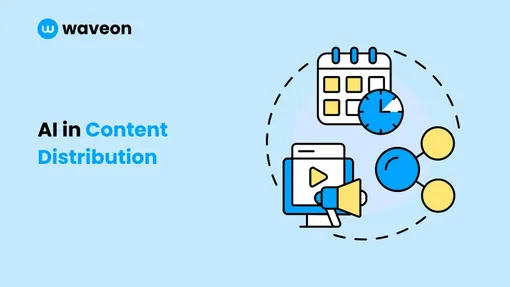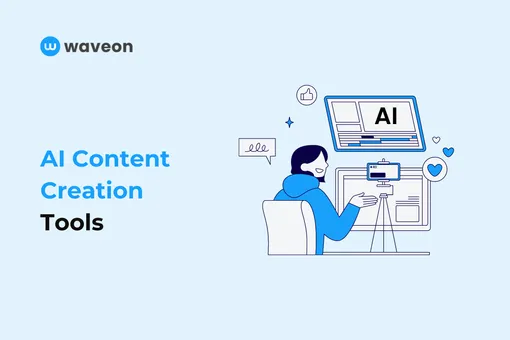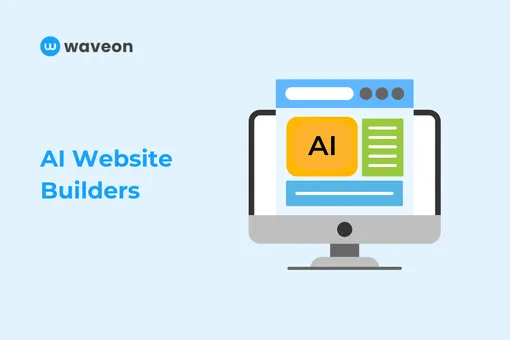Marketing
How to Optimize a Landing Page Using AI: 5 Advanced Strategies
Ekta Swarnkar
2024.05.09.
0 min read
TABLE OF CONTENTS
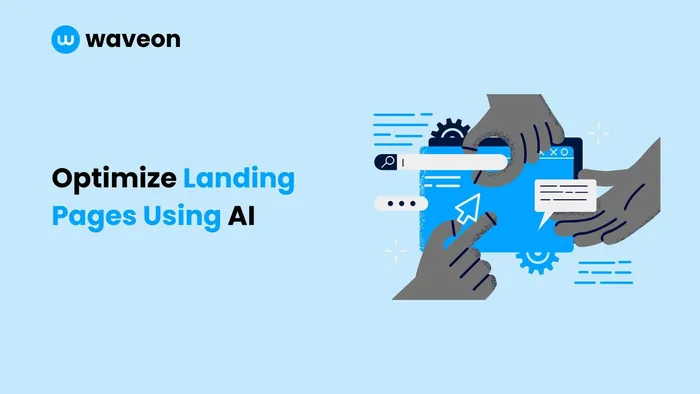 Picture this:
Picture this:
Within a few minutes, you create a stunning landing page customized for your target audience. Make minute changes, and you can push it live.
Imagine the time, effort, and resources you will save. Not only would you be able to run multiple tests, but also optimize the page for better conversions — all while saving resources.
Isn’t it amazing? How wonderful would it be if this could be real?
The good news is that it is real. Using generative AI for landing page optimization makes creating high-converting landing pages possible within a few minutes.
This post lists the optimization techniques AI helps you implement in your landing page to make it more effective in converting visitors into customers.
So, without wasting time, let’s get right into the strategies.
5 innovative ways to use AI to optimize your landing page for better conversions
If you think that by using AI, you’ll be able to create a landing page that drives conversions in one click, it won’t happen. Because AI isn’t a know-it-all genie that knows your audience’s needs.
AI still needs improvement in many areas. That said, it’s definitely helpful in automating time-consuming tasks, generating data-based outputs, and producing error-free results.
In this list below, I’ll show you how you can use AI to optimize certain parts of your landing page to improve conversion rates. We will discuss these strategies:
Generate landing page copy, images, and videos to increase output
Perform A/B testing automatically to improve conversions
Personalization and dynamic content to engage the audience
Employ chatbots to tackle audience queries
Send traffic to a landing page where it converts
Now that we’ve set the expectations right, let’s discuss each method in detail.
#1. Generate landing page copy, images, and videos to make your landing pages more relevant
Many AI-powered landing page builders generate media like text, images, and videos based on past user interactions to create more relevant messaging that connects with the target audience.
Before AI, web designers created landing page copy by guessing, relying on gut feeling, or conducting research on a small audience size—these methods produced unreliable outcomes. But now, AI-powered tools work in the background to collect audience/customer data, identify keywords, sentiment, and pain points, and create relevant landing page copy that speaks to audiences.
For example, Divi AI tracks website visitors' data to produce landing page copy personalized to the website and target audience.
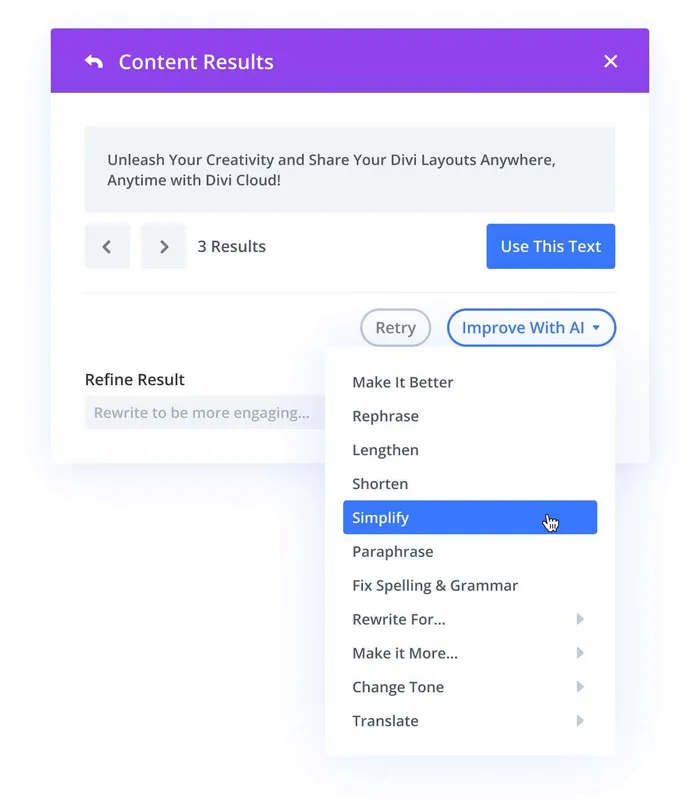
Similarly, Divi AI can produce different image variations based on text prompts in seconds, allowing you to choose your preferred option. You can identify which style resonates more with your audience by testing different versions.
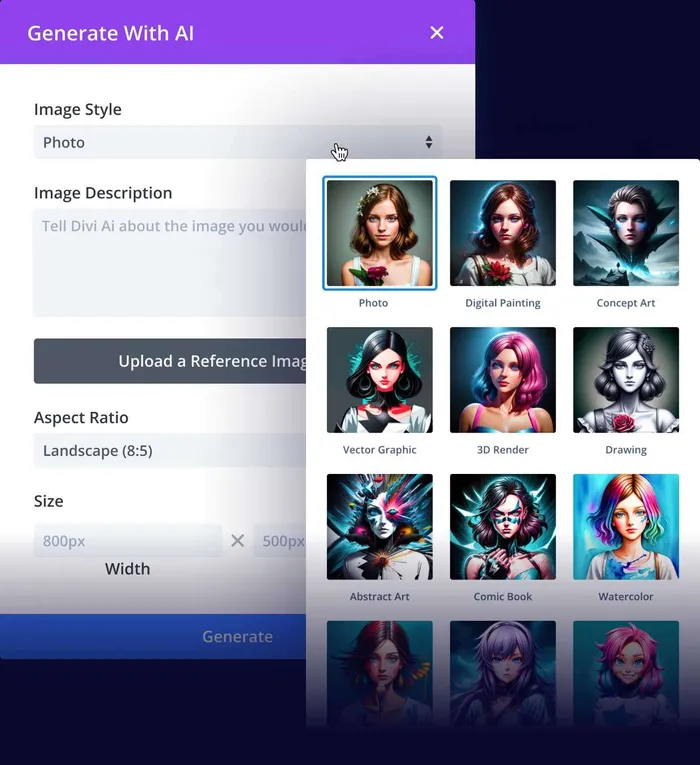
Video creation was supposed to be expensive and time-consuming because AI wasn’t there. Today, video creation tools like Synthesia allow you to create high-quality videos based on a text prompt within minutes.
Choose your preferred avatar from 160+ by filtering age and attire, and enter the text you want it to speak. That’s it—your video is ready to upload, publish, and share.
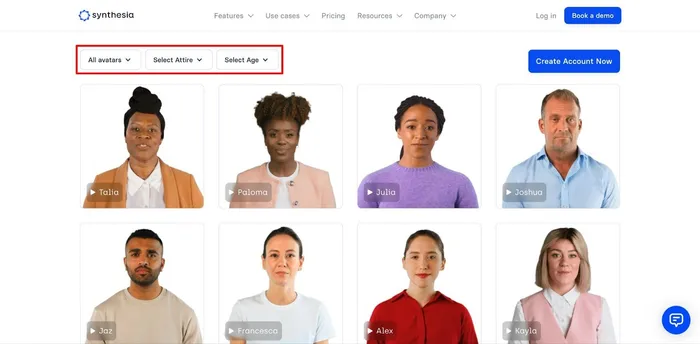
Media materials like text, images, and videos are vital in converting customers, so using the right ones is essential. AI tools utilize audience data to generate impactful results based on data-driven insights.
#2. Perform A/B testing automatically to improve conversions
One of the best ways to optimize your landing pages is to keep testing different elements and figuring out which drives more conversions. However, running A/B split tests were expensive, highly technical, and time-consuming before AI tools.
Not anymore. Most AI landing page builders, like Divi Leads, offer built-in split testing tools that automatically send different versions of the text, images, CTAs, etc., to a select audience size and choose a winner based on performance.
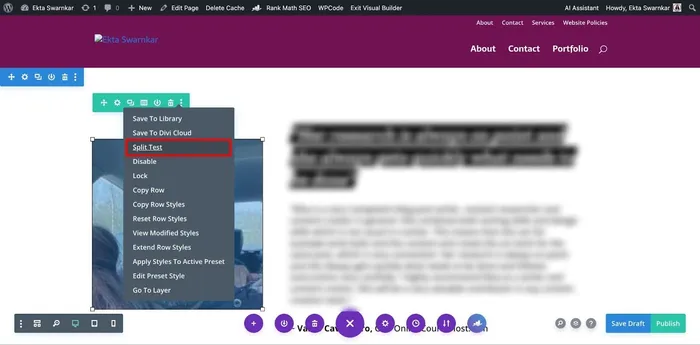
Optimizely, an AI-powered landing page optimization platform, allows you to create audience segments based on user data. Optimizely’s AI assistant, Opal, identifies patterns and suggests user segments most likely to respond to variations in your A/B tests. This allows you to conduct more focused and relevant experiments.
You can A/B split test any element to get accurate results as long as you follow the best practices:
Focus on one variable at a time to avoid confusing results. If you do otherwise, you won’t be able to interpret the results.
Let the test run for sufficient time with enough audience sample size to collect sizable results. The longer you run tests, the more accurate your results will be.
Look beyond just primary metrics. Look at other relevant metrics that might be impacted by the test, such as bounce rate, time spent on the page, etc.
#3. Personalization and dynamic content to engage the audience
Personalization is the biggest challenge B2B brands are trying to overcome. And the results of personalization are massive—90% of marketers believe personalization positively impacts conversion rates.
AI has made personalization easy. Tools like Unbounce allow you to personalize landing pages based on the paid ad the user clicked. It lets you insert dynamic text placeholders into your landing pages.
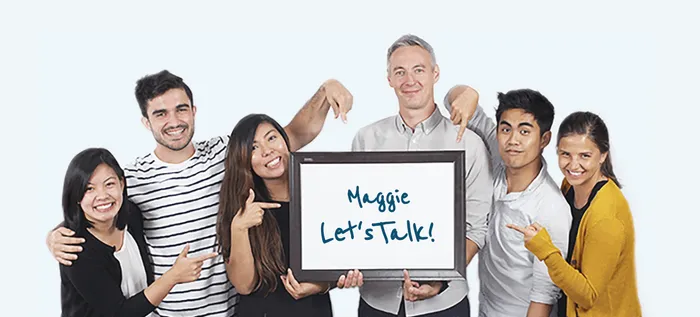
These placeholders can be automatically populated with information from your visitor's ad click, such as the keyword they searched for or the ad creative they saw. By matching the landing page copy to the ad they clicked, you provide a more unified customer experience.
Dynamic Yield is another popular platform that uses data analysis, user segmentation, and real-time decision-making to personalize content for individual visitors on your website. It personalizes user experience by highlighting specific products or categories based on browsing behavior or displaying targeted offers or promotions based on demographics or purchase history.
Another way to personalize your content, especially if your target audience is large enterprises, is to create microsites. Using tools like PaperFlite and Mutiny, you can create one-page landing pages customized to only one account or user. Add branding, prospects’ names, stories, etc.
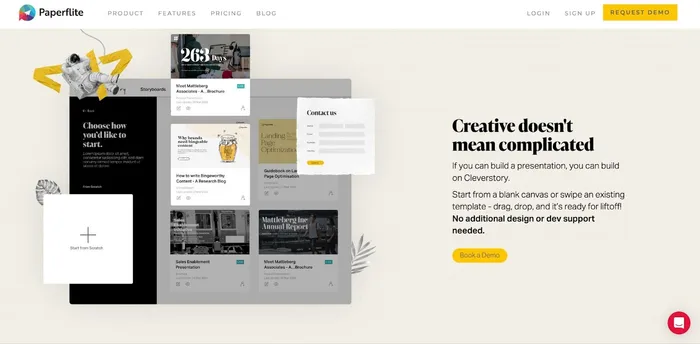
#4. Employ chatbots to tackle audience queries
One of the best ways to optimize a landing page is to employ AI-powered chatbots that act as brand representatives 24/7 and answer questions from a global audience.
In the past, companies have always faced this problem—not being able to answer their customers'/prospects' queries on time. The effect of this is disastrous. Customers/prospects want answers quickly, and if brands fail to do so, they move to their competitors.
Chatbots solved this problem. By employing 24/7 AI-powered chatbots on landing pages, brands were able to respond to their customers' questions on time. They also collected audience feedback, questions, and pain points to optimize landing pages for better conversions.
Tools like Drift.com allow brands to program their chatbots on company documentation, customer sales calls, help docs, and audience feedback to optimize for better responses.
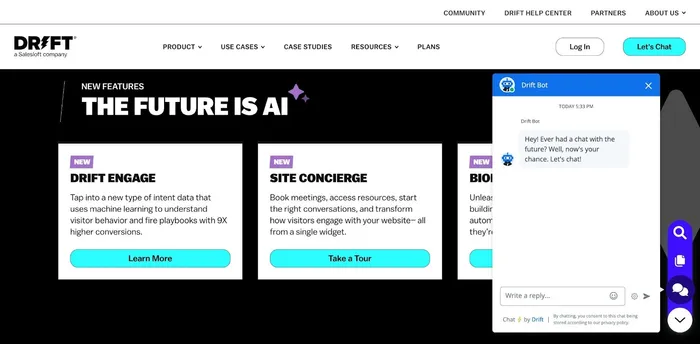
AI-powered chatbots use natural language processing and machine learning to identify keywords, understand context, and extract information to provide timely and accurate responses. These can also interpret user intent and sentiments to offer personalized responses.
#5. Send traffic to a landing page where it converts
Wouldn’t it be amazing to have AI recommend a landing page that would drive up to 30% more conversions? How would you like it if the recommendation is based on actual data but not guesswork?
Well, it’s possible. Introducing Unbounce’s Smart Traffic.
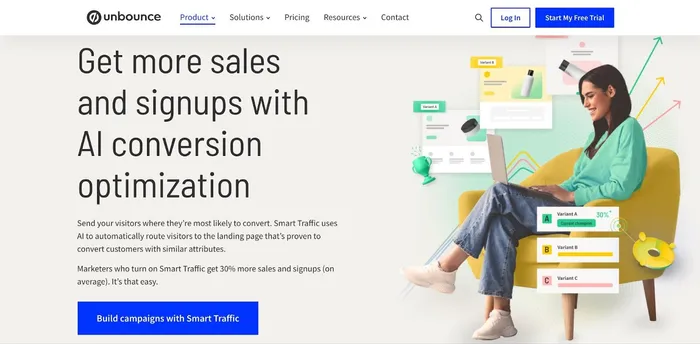
Unbounce analyzes visitor data and historical conversions to send visitors to the variation most likely to convert them.
How is it different from A/B split testing?
It eliminates the need for extensive A/B testing of different elements, which is exhausting and time-consuming. Unbounce allows you to create multiple landing page variations and uses audience data and interaction patterns to display the most likely to convert, which optimizes conversions faster.
However, you don't have complete control over which variations are shown. But Smart Traffic offers a data-driven process to make sure your audience visits the landing page most likely to convert.
Optimize your landing page with AI to increase conversions
Crafting landing pages that convert well used to be a time-consuming and daunting task, but with AI, it takes just a few minutes. AI offers many strategies to optimize your landing pages:
Generate data-driven content: AI creates compelling copy, images, and videos tailored to your audience.
Automate A/B testing: AI efficiently tests variations and identifies the winning elements for better conversions.
Personalize for engagement: AI personalizes content based on user data, boosting audience engagement.
Deploy chatbots 24/7: AI-powered chatbots answer questions and gather valuable user insights.
Smart traffic routing: AI directs visitors to the landing page with the highest conversion potential.
While these strategies help in landing page optimization, it's important to note that AI isn't a magic solution. You should keep testing different methods and tools to leverage AI's power and continuously optimize your landing pages to maximize conversions.




